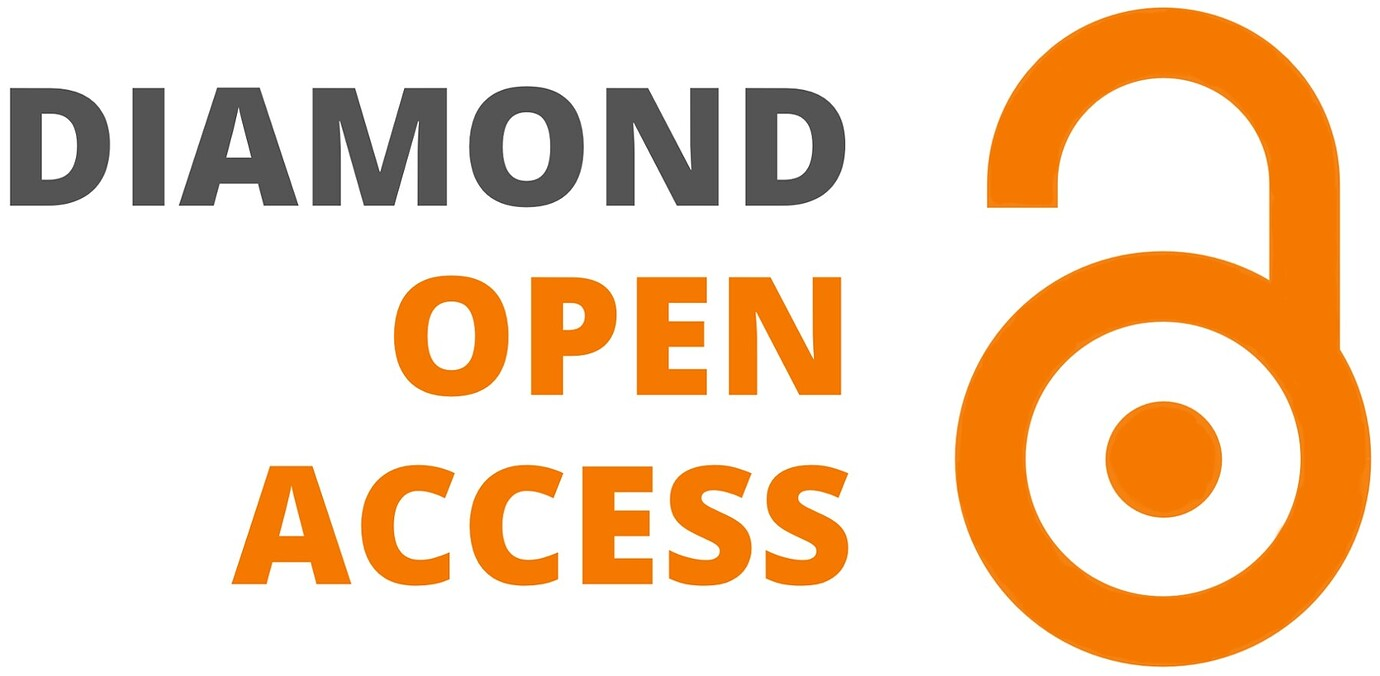How to evaluate the content of a child's narrative in an under-described and under-resourced language? Methodology and first results for French Sign Language.
Keywords:
language, oral, assessment, sign languages, development, LSFAbstract
Context. Language therapists in France work with children who use languages other than French. Some of these languages are poorly described and under-resourced. This is particularly the case for French sign language (LSF): there are few tools available for professionals to assess the language skills of signing children. This can be explained in part by the diversity and the atypical nature of their pathways to language acquisition as well as by the specificities of the professional contexts in which LSF is used (research, teaching, language therapy).
Objectives. In this article, we present the methodology adopted to create a tool to analyse and evaluate narratives, which can be used by researchers and professionals and modulated according to their respective needs.
Methods. Narratives, elicited from a cartoon without words, were collected from 18 deaf adults who use LSF, to provide a benchmark corpus. Inspired by usage-based approaches to language and its acquisition, we listed all the micro-units of information produced by these signers, and then discarded those produced by fewer than 25% of them. Based on this grid, we then compared the results obtained for these 18 adult signers with those obtained for 18 hearing and non signing adults who speak French. We also analysed the narratives produced by 29 deaf signing children aged 4 to 11 years schooled in LSF. Descriptions and comments were also identified.
Results and conclusions. We suggest that the differences observed between the narratives of signing adults (using LSF) and non signing hearing adults (using French) highlight the need to take into account the specificity of each language and of their use, when creating this kind of tool. Among the deaf signing children, a significant positive correlation between age and the number of micro-units produced, but also between age and the number of descriptions and comments produced, was observed.
Downloads
Published
License
Copyright (c) 2023 Glossa

This work is licensed under a Creative Commons Attribution 4.0 International License.




